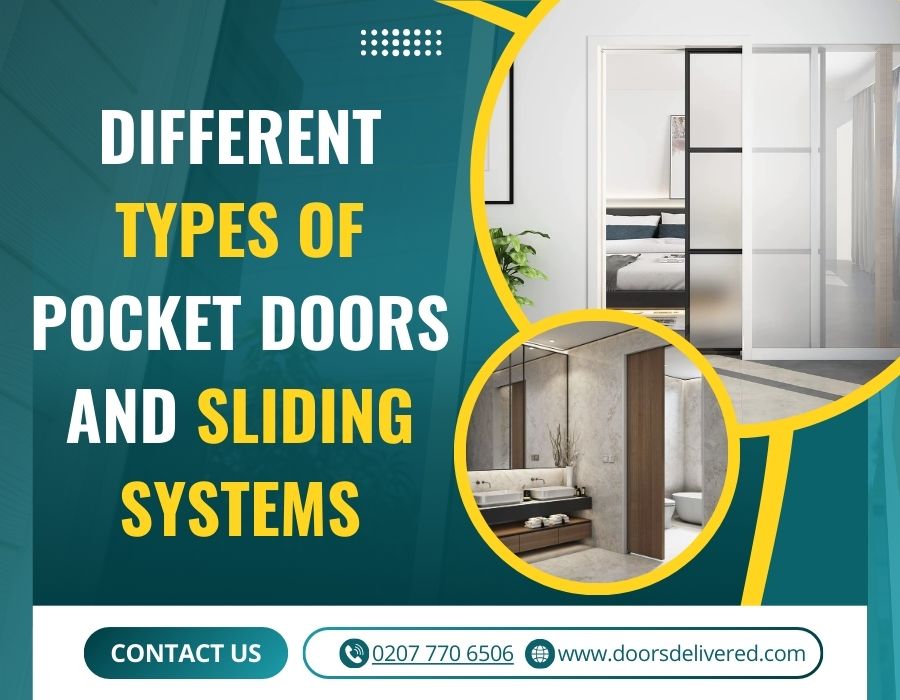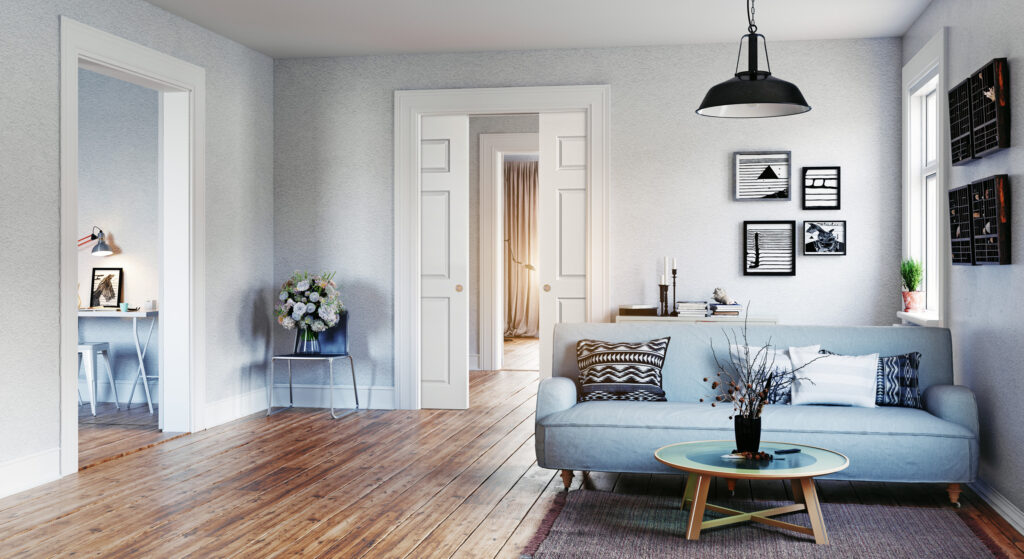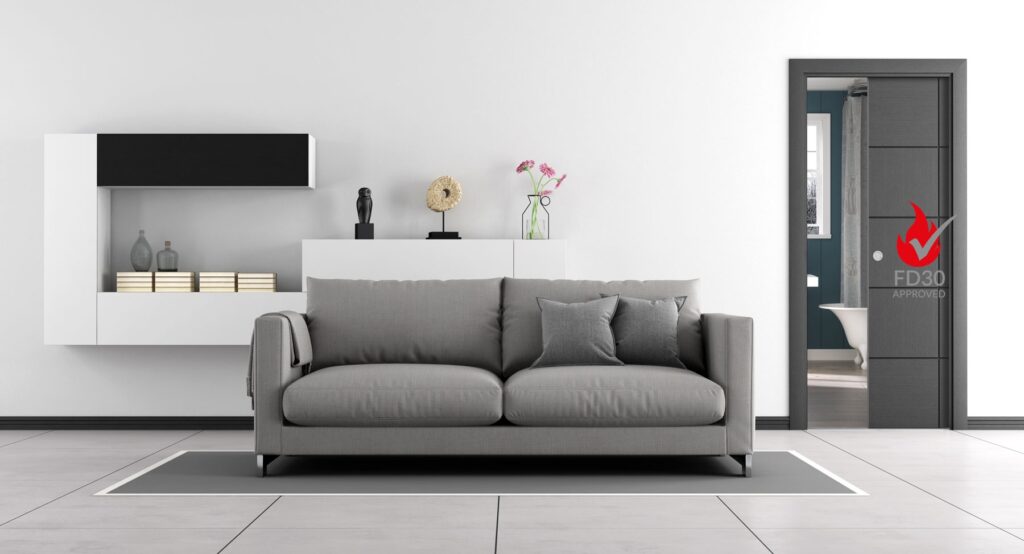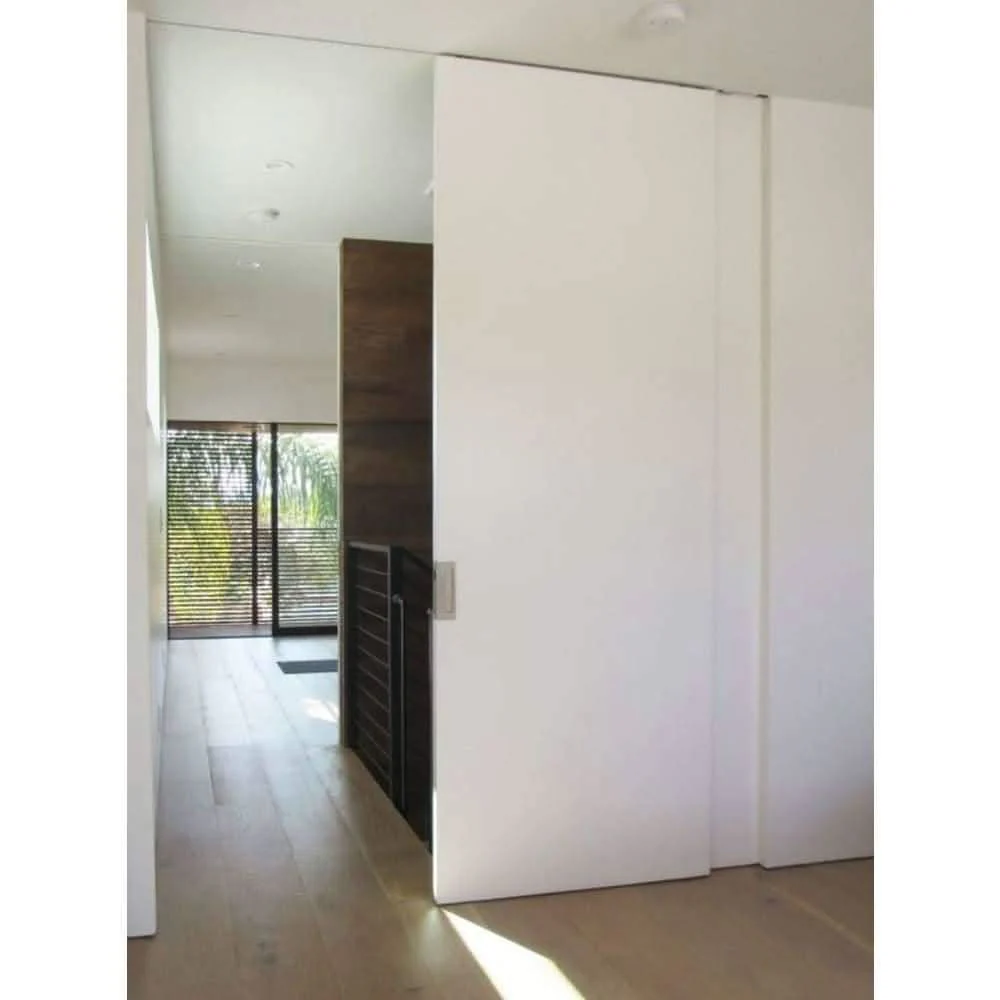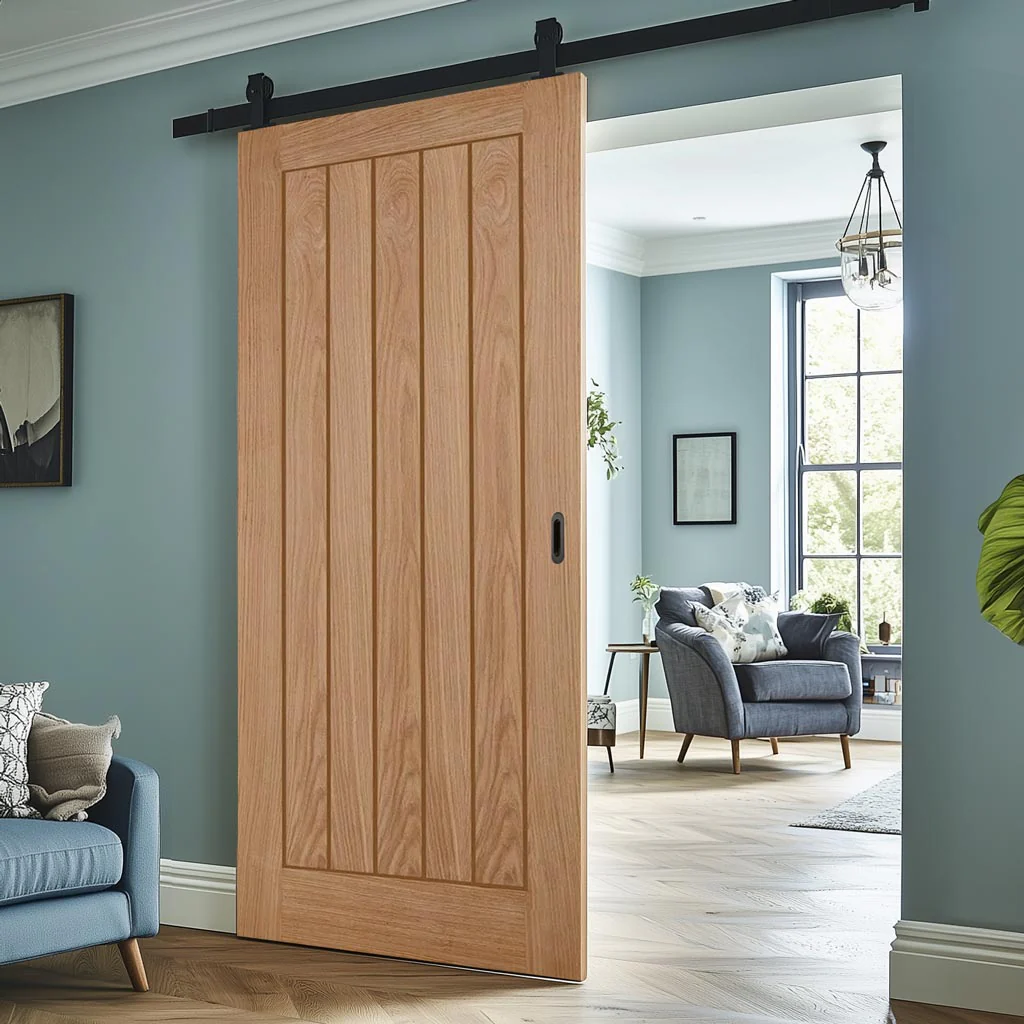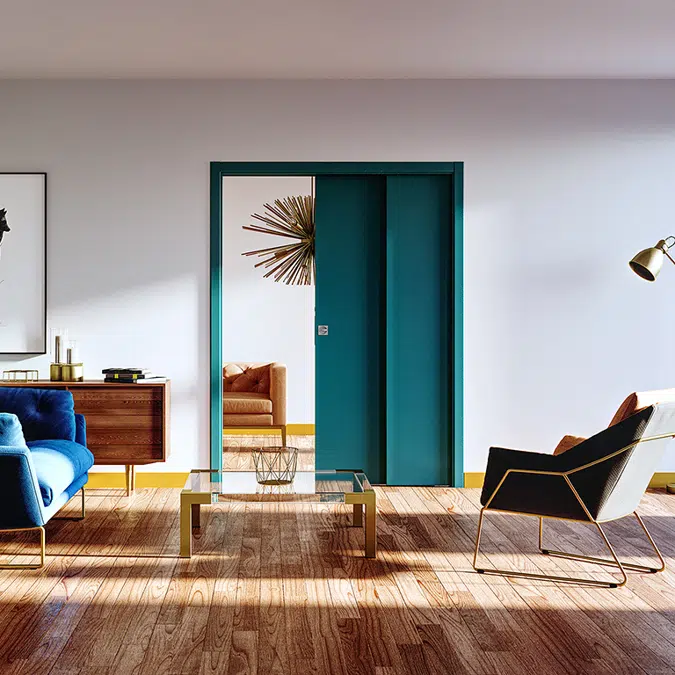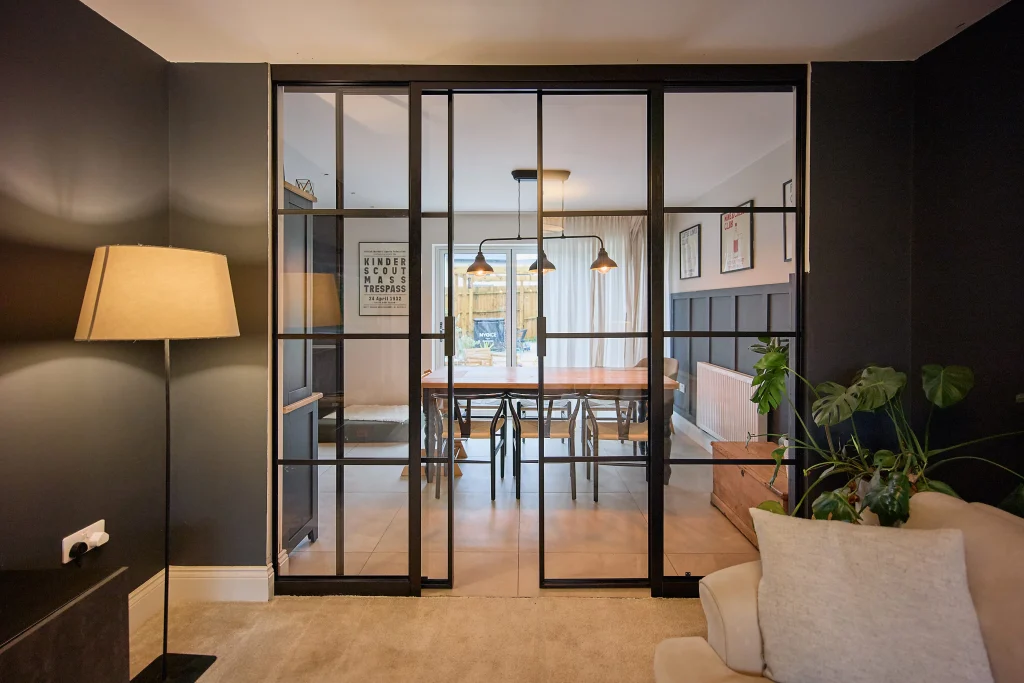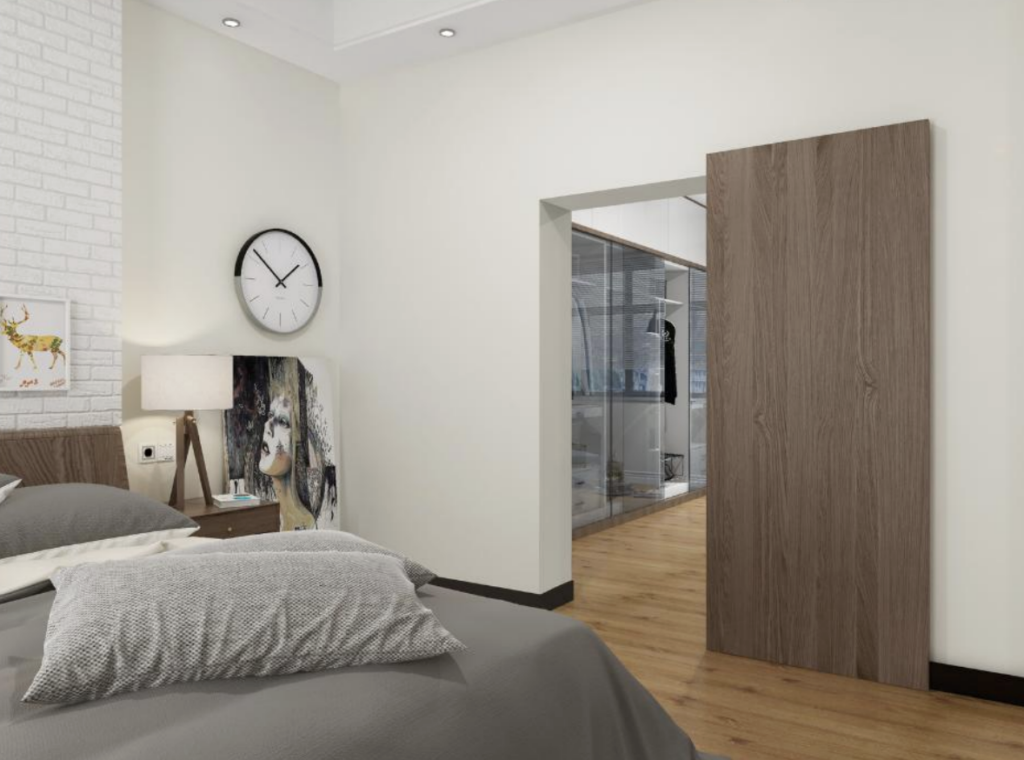As interior design trends evolve toward maximising space and creating clean, modern aesthetics, pocket doors and sliding door systems are gaining popularity in both residential and commercial settings. These doors not only save space but also enhance the visual flow of a room. However, not all sliding doors are the same. Here’s a comprehensive look at the various types available and how they differ in design, function, and application.
1. Pocket Door Systems
What Is a Pocket Door?
A pocket door slides into a concealed cavity within the wall, effectively “disappearing” when opened. It’s ideal for areas where a traditional swing door would take up too much room.
Types of Pocket Door Systems:
a. Single Pocket Door
Description: A single door panel slides into one side of the wall cavity.
Best For: Bathrooms, en-suites, closets, or anywhere space is limited.
Advantages: Space-saving, sleek appearance.
b. Double Pocket Door
Description: Two door panels slide into opposite sides of the wall cavity and meet in the middle when closed.
Best For: Living room dividers, large office entryways, or open-plan areas.
Advantages: Creates a wide opening; can close off or open up spaces as needed.
c. Fire Rated Pocket Doors
Description: These are pocket doors specially designed and tested to withstand fire for a specific duration (commonly 30 or 60 minutes). They include intumescent seals, fire-rated core materials, and compatible frames to meet fire safety regulations.
Best For: Areas where fire compartmentation is required by building regulations—such as between garages and homes, or in multi-unit dwellings.
Advantages: Combines space-saving function with critical safety protection. Can be discreetly integrated into modern interiors while meeting fire code requirements.
c. Flush Frameless Pocket Doors
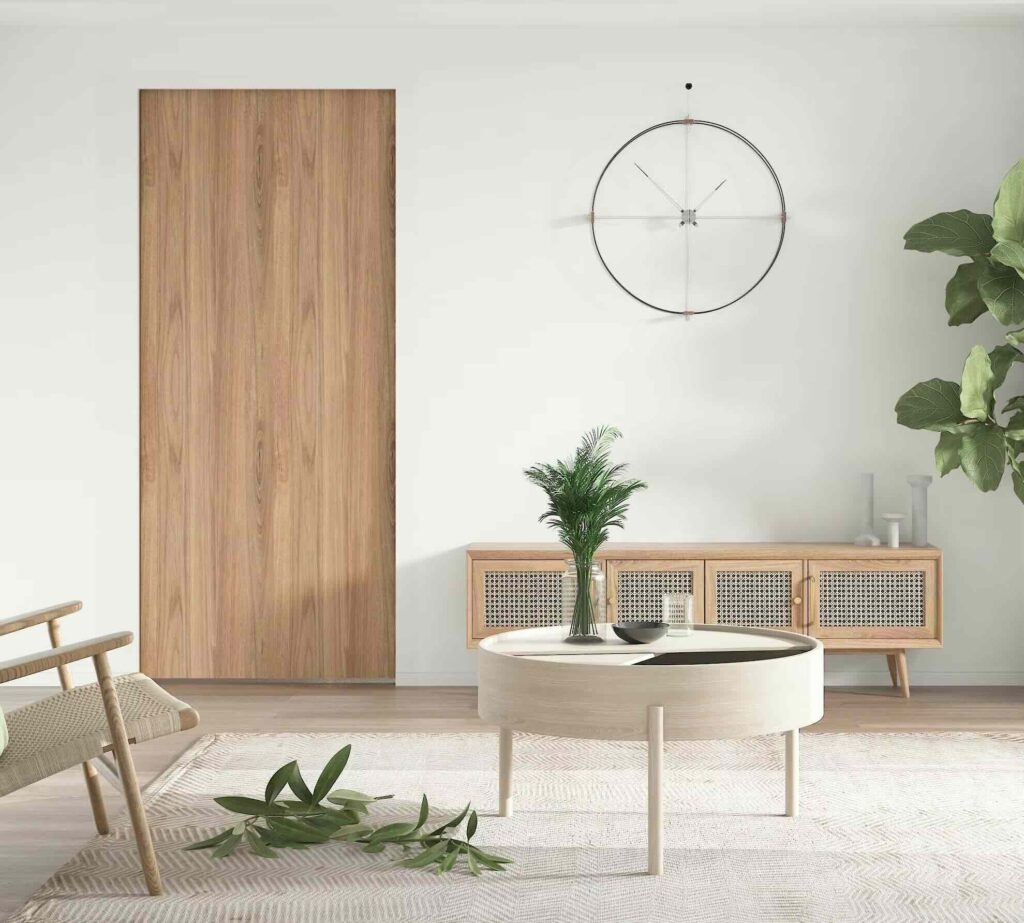
Description: Designed to sit perfectly flush with the wall for a seamless, minimalist look.
Best For: Contemporary interiors.
Advantages: High-end aesthetic, concealed hardware.
2. Sliding Door Systems
What Is a Sliding Door System?
Unlike pocket doors, sliding doors glide along an exposed track mounted on the wall or ceiling. The door stays visible when open but moves smoothly out of the way.
Types of Sliding Door Systems:
a. Ceiling-Hung Sliding Doors
Description: The track is mounted to the ceiling, leaving the floor area clear.
Best For: Clean, uninterrupted flooring transitions.
Advantages: Sleek look, easy cleaning underneath, ideal for minimalist designs.
b. Barn Doors
Description: A rustic or industrial variant of surface-mounted doors, often using exposed metal hardware.
Best For: Farmhouse-style homes, rustic or loft interiors.
Advantages: Decorative, versatile, relatively low cost.
c. Telescopic Sliding Doors
Description: Multiple panels that stack or slide together in a synchronized fashion.
Best For: Wide openings where wall space is limited.
Advantages: Maximizes opening width with minimal track space.
d. Sliding Glass Doors
Description: Frameless or framed glass panels that slide on tracks, often used as room dividers or balcony doors.
Best For: Offices, bathrooms, modern interiors.
Advantages: Allows natural light flow, contemporary appearance.
e. Invisible (Ghost) Sliding Doors
Description: These advanced sliding systems feature concealed tracks, typically hidden within the ceiling or wall, giving the impression that the door is floating or gliding effortlessly with no visible hardware.
Best For: High-end minimalist interiors, modern apartments, luxury renovations.
Advantages: Ultra-sleek, seamless appearance with no visible mechanisms. Enhances architectural purity and modern aesthetics while still providing smooth functionality.
Key Considerations When Choosing a Sliding or Pocket Door System:
Wall Structure: Pocket doors require cavity space; confirm compatibility with plumbing or electrical systems.
Door Weight: Heavier materials may need reinforced tracks or soft-close mechanisms.
Privacy vs. Openness: Glass doors allow light but reduce privacy; solid doors offer more separation.
Style Preference: From ultra-modern to rustic, different systems support different aesthetics.
Installation Costs: Pocket doors are more complex to install than surface-mounted sliding doors.
Final Thoughts
Pocket and sliding door systems offer elegant solutions for maximizing space, enhancing flow, and creating adaptable environments. Whether you’re renovating a small bathroom or designing a large open-plan living area, there’s a sliding door system that fits your needs.
When selecting your door system, weigh the functional benefits against your design goals and budget. Done right, a pocket or sliding door can become a subtle yet powerful feature of your space.
